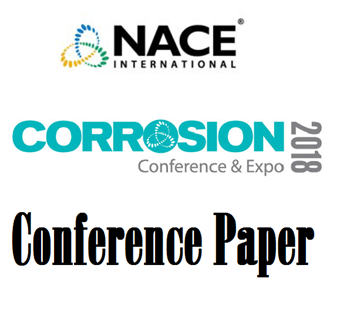Search
FEM Simulation Analysis Of The Pipe-Casing Under Cathodic Protection
Also Purchased
51316-7801-Analysis and Evaluation of Cathodic Protection within a Vapor Corrosion Inhibitor Gel Filled Casing
Product Number:
51316-7801-SG
ISBN:
7801 2016 CP
Publication Date:
2016
$20.00
51313-02386-Case Studies in the Assessment of Filled Casings
Product Number:
51313-02386-SG
ISBN:
02386 2013 CP
Publication Date:
2013
$20.00
51318-11118-Effect of protective casing on the cathodic protection condition of a buried pipeline at rail crossi
Product Number:
51318-11118-SG
Publication Date:
2018
$20.00




